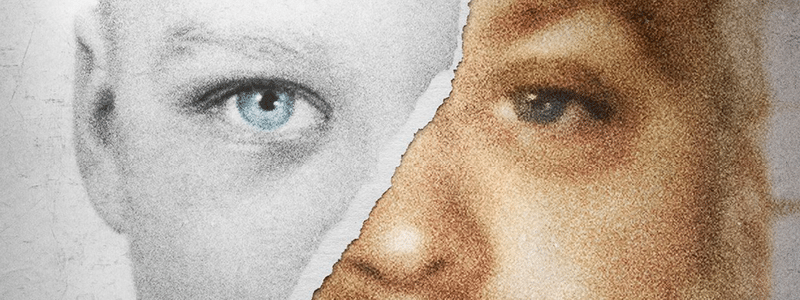Reporters are feverishly conducting interviews, trying to uncover new pieces of the Teresa Halbach Murder puzzle. Popular media outlets like People magazine are reporting new conspiracies surrounding Steven Avery’s case. Social media is exploding with fan theories as to what really happened on October 31, 2005.
There’s no doubt in anyone’s mind that Netflix’s newest True Crime documentary—Making a Murderer—has everyone hooked.
Regardless of whether you think Steven Avery of Manitowoc County, Wisconsin is innocent or guilty, there are some valuable communications lessons to be learned from his case.
If you haven’t watched the series yet, be warned: There are spoilers ahead.
People are moved by genuine stories
From learning of Steven Avery’s family history and “criminal” background, to continuously hearing his thoughts and opinions on his current situation, the Making a Murderer experience is authentic from start to finish. Audiences are committing to binge-watching 10 hours of this series because it tells a real, tangible story—a story that allows the audience to connect emotionally with the people and events that take place within it. And it’s these emotional connections that make an experience memorable.
In the world of PR, communications professionals need to tell genuine stories; regardless of how outlandish the creative may be, at the heart of every execution needs to be an authentic experience that the audience can connect with. This will build a strong bond between brands and consumers, one that will build loyalty and increase positive advocacy—most brands are built on a genuine story, communications professionals just need to find a strategic way of telling it.
It’s controversy that really gets people talking
Sure, the audience connects with Steven Avery and his story, but it’s the controversy that surrounds his case that makes Making a Murderer really interesting. Steven Avery has already been wrongly convicted of a crime, spent 18 years in prison for it, and now he’s being accused of murdering Teresa Halbach. Pair this with less-than-professional police work, the confessions of a naïve teen, and a plethora of questionable evidence and testimony and you’ve got a trial littered with controversy.
Is he guilty? Innocent? Opinions either way have sparked countless news articles, status updates, and coffee room conversations. Those who have never heard of the Netflix series are rushing to their televisions to connect with the Avery story, then buzz about it with their friends and colleagues. Word of mouth is one of the most influential ways to raise awareness around a product, service or brand—leveraging public opinion surrounding a controversy is a great way to gather audience insights, prolong the buzz of a campaign and increase earned media.
If you’re going to make a claim, you better have the evidence to back it up
At one point in the series, Steven Avery claims that the Manitowoc police force are framing him for the murder of Teresa Halbach. This is a key claim to his defense. Avery’s attorneys even have evidence that could prove his claim, but unfortunately they don’t have enough to successfully argue the case—but at least they had something to try and persuade the jury with.
Every decision a communications professional makes is based on a mixture of gut-feeling and hard, tangible data. But you can’t sell an idea on gut-feeling alone. PR professionals need evidence to support any claim they make—this builds credibility for the brand and rapport with its audience. A claim could be as simple as saying a campaign is effective because it’s “on brand,” which in turn will resonate well with its audience. Evidence to this would be the statistical data demonstrating why the campaign resonates well with the audience. Evidence is what persuades feelings and dissuades presumptions, so communications professionals should always have evidence ready to defend their work.
Make sure to stand your ground
Towards the beginning of the series, the audience is privy to a painful police interrogation of Steven Avery’s nephew, Brendan Dassey. Though the interrogation isn’t physically painful, the way that Dassey responds to police questioning is—giving different answers when he’s told he isn’t being honest and continuing to do so until he tells investigators what they’d like to hear (to his detriment). Unfortunately, it isn’t until his hearing that Brendan decides to defend the notion of his innocence, standing his ground during grueling questioning from the State’s prosecutor. He stays true to himself by being authentic and advocating for himself, instead of continuing to go along with the story he was coerced into telling.
It’s important for communications professionals to stand their ground when it comes to their work. No, this doesn’t mean getting defensive when something goes awry—mistakes can happen. But professionals should stand their ground by remembering their purpose, their personal brand story, and the evidence that makes themselves and their campaigns successful and effective. Communications professionals should always advocate for themselves when they procure new clients (or when they’re nurturing relationships with existing ones) by consistently demonstrating why they are the best choice for the task at hand.
Remember: as a communications professional, you should always be true to yourself, and not let anyone push you to work outside of your professional comfort zone.



